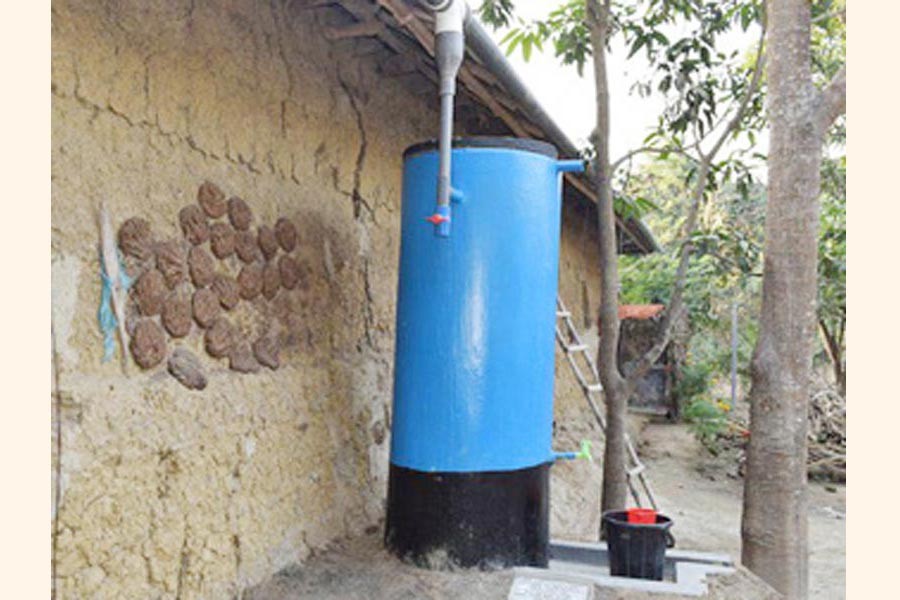RAJSHAHI, Feb 26 (BSS): Mikhail Saren, 42, has been using rainwater for his household purposes over the last three years.
"I store rainwater and use it," said Mikhail, a resident of Sundarpur Kakonhat village under Godagari upazila in Rajshahi district, while talking to the news agency recently.
He referred to a process of collecting and conserving of rainwater, saying rainwater is abundantly available in rainy season which is the best time to collect it.
He said during rainy season, he installs containers for storing water. "This water makes our life easy, meeting our necessary water demand for household works and also for five cattle heads".
Sharing her experience in using rainwater, housewife Hazera Begum, 37, of Parbatipur village under Gomostapur upazila said her six-member family is now dependent on tank water during monsoon.
She added rainwater is very much suitable and effective for cooking rice and pulses and other household works.
"We collect rainwater from rooftop through pipe and conserve it in concrete reserved tank," she went on saying.
Mikhail Saren and Hazera Begum are among around 20,000 villagers who are using rainwater for their household purposes.
Md Akhteruzzaman, chairman of Dewpara Union Council, said the villagers got financial support from the Integrated Water Resource Management (IWRM) Project for installing the infrastructures to collect and conserve rainwater.
In the drought-prone Barind area, rainwater accumulation and conservation method is very effective during monsoon, he said.
DASCOH Foundation and Swiss Red Cross are jointly implementing the IWRM project in drought affected 42 union parishads and three pourasavas under eight upazilas of Rajshahi, Naogaon and Chapainawabganj districts since 2015.
Swiss Agency for Development and Cooperation-SDC is extending financial support for implementing the project, said Jahangir Alam Khan, Assistant Coordinator of the IWRM Project.
He said the villagers collect and use more than 3.58 crore litres of rainwater through the 217 installations every year.
Prof Sarwar Jahan of Department of Geology and Mining in Rajshahi University said the villagers in water scarce areas like High Barind Tract (HBT) can use rainwater in their daily activities.
He said amount of rainfall in HBT is less, just around 1000-1200 mm per year. The figure dropped to 947 mm last year, which is the lowest among all areas of Bangladesh. This area is characterised by delayed arrival of seasonal rain (mid-May) and early withdrawal (mid-October).
He said Barind area is draught prone and it also experiences less rainfall. So people use groundwater in extensive way making a huge pressure on it. In this regard, rainwater can be the best alternative source of water.


